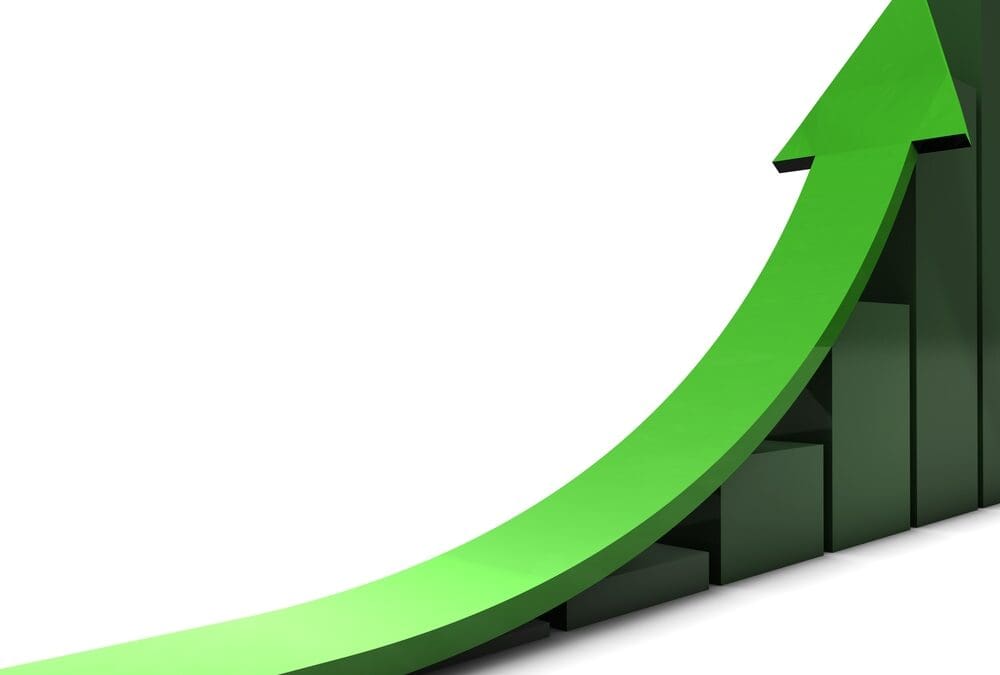In light of decreasing commodity prices and environmental pressures, mining experts are assessing how extractive processes can become more efficient.
Ideally, miners would like to minimise the amount of resources they consume while maximising production. This is a concept that’s closely tied with sustainability,
Lacklustre performance figures
Despite the introduction of new methods and technologies, including digital nucleonic density gauges, Australian mines have not grown more productive.
PricewaterhouseCoopers (PwC) Australia collected data from 136 mines and 4,760 machines, representing more than 47 million hours of operation. Globally, the industry’s annual output has decreased 20 per cent since 2007. From an economic perspective, this trend seems out of place because it coincided with the commodity boom. PwC pointed towards the following potential causes:
- Australia’s mines are employing equipment at a markedly lower rate than operations in other countries.
- As commodity prices rose in the 2000s, Australia’s investment in mining equipment rose 17 per cent between 2003 and 2012.
- From 2003 to 2012, the costs associated with expanding mining operations were eight times greater than the amount of commodities sold from those sites.
It’s clear that mining leaders need to figure out how they can get the most out of their facilities.
Why sustainability?
While sustainability is often viewed as synonymous with eco-friendliness and social responsibility, these concepts are not the crux of the idea. Rather, they’re byproducts of effective, sustainable strategies.
LandLearn New South Wales (NSW) defined sustainability as “an ability or capacity of something to be maintained or to sustain itself”. In other words, it refers to an operation that consumes only what it needs to function.
When applied to mining operations, sustainability can serve as a set of practices that enable operators to decrease energy and resource consumption (i.e costs) to maintain a consistent rate of output.
How can mines implement sustainable practices?
The first order of business is to aggregate information, wherever it may come from. Industrial measuring instruments are perfect resources for mining companies committed to learning about their operations. Once this data is scrutinised in aggregate, analysts will be able to identify areas of exorbitant energy and water usage.
In addition, Australian mines should speak with other industry participants around the globe. For example, by measuring the amount of oxygen in water and adjusting consumption processes, the Canadian mining industry reduced its impact on biological oxygen needs by 34 per cent between 2005 and 2011, according to The Canadian Chamber of Commerce.
The main lesson mining experts should gather from this figure is that information is power. The more they know about their facilities, the more tactful their decisions will be.



Recent Comments